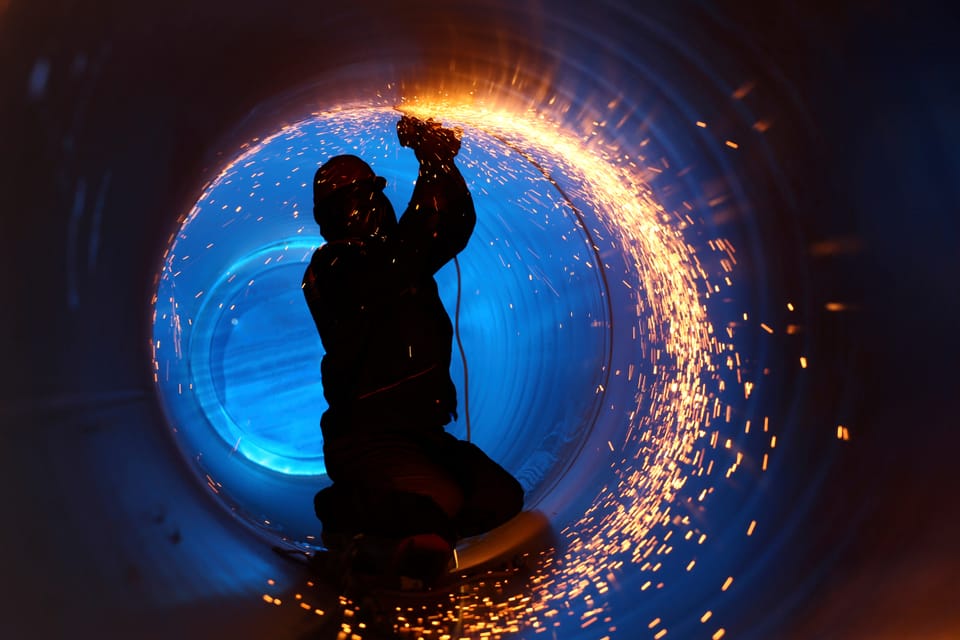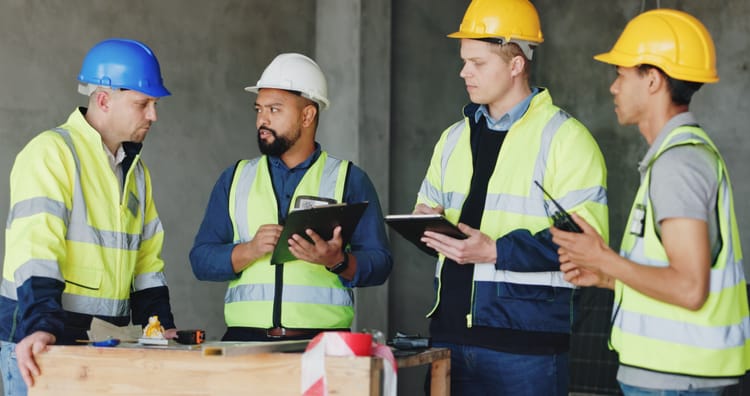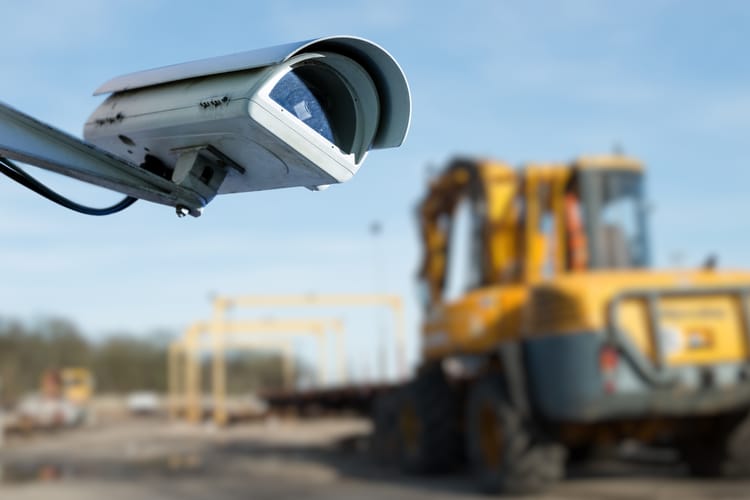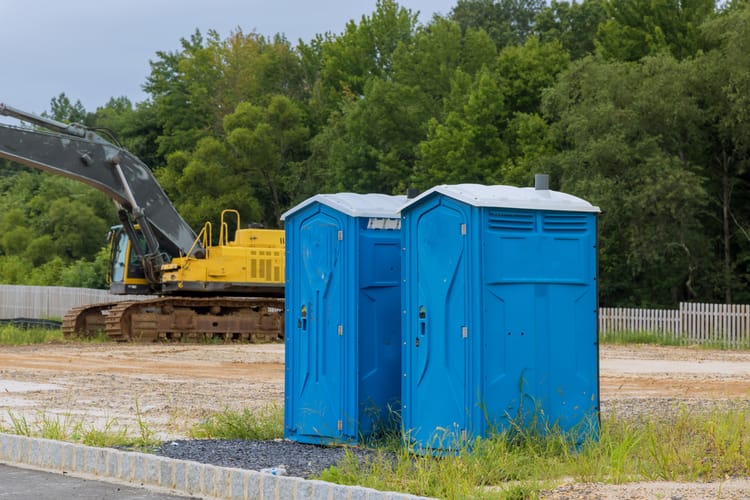Weld it or regret it

Welding holds construction together—literally. Yet this critical trade often gets left out of early planning, leading to costly delays and safety risks. This week, we talk with the American Welding Society about what GCs and contractors need to know.
Plus: a closer look at labor shortages, a smart case for hiring a CPA, and what today’s building trends mean for tomorrow’s jobsites. But first: Building trends we don’t need to revisit.

>> Paint the town. Painting contractor Alec LaFate Willard (@alecpaintsofficial on Instagram) brings us along as he troubleshoots commercial and residential projects and recommends the right tools for the job.
>> Get inspired. Looking for some fresh ideas? Determined to zhuzh your next project? Find your spark in the Design-Build Institute of America’s project database, which is searchable by project type and location, and has details on costs and materials.
>> And we’re walking... Ronald Rael takes us through Adobe Oasis, his 3D-printed installation inspired by ancient building techniques and showcasing indigenous ecological wisdom and architectural innovation.
>> Show me the money! Tune into this AGC webinar on using tech to grow your contracting business and close bigger deals. (May 6)
>> Just for fun: What kind of welder are you? This TikTok takes a playful swing at different welder personas.

Welding should have a seat at the construction planning table
Welding is critical to every construction site—but it’s often overlooked until problems arise. As National Welding Month wraps up, we spoke with Trish Fliss of the American Welding Society about why GCs and contractors should involve welding professionals earlier, the biggest challenges facing the industry and how technology is reshaping the trade. -Margot Lester
What's something you wish other contractors knew about welding?
Welding isn’t just about making things stick together—it’s about making sure they stay together. Though it plays a critical role in maintaining structural integrity, welding can sometimes get overlooked during the early phases of a project. When contractors bring welding engineers and inspectors into the conversation early, it helps avoid surprises later on and usually makes for a smoother job all around. It helps identify potential issues with joint access, sequencing or material compatibility before they lead to rework or delays. From choosing the right metals, processes and positions to quality assessment and inspections, welding professionals bring a lot of technical know-how to the table.
What's the most pressing issue facing welding contractors right now?
Finding enough skilled welders to meet the growing demand. According to WeldingWorkforceData.com, an average of 80,000 new welding personnel are needed annually. As experienced professionals retire, finding new welders ready to strike an arc on day one is becoming more difficult. To address that challenge, AWS has a website dedicated to helping employers find qualified welders. And the AWS Foundation launched the Registered Apprenticeship Program that connects businesses and educators so students receive real-world, on-the-job training at an hourly rate while they learn. It's a win-win for the business and the apprentice.
Which technology are your members excited about?
Welding is no longer confined to what happens under the hood. It also happens behind a monitor or touchscreen. Welding automation continues to be a trending topic—not to replace welders, but to support them. From collaborative robots, called cobots, to AI-assisted inspection tools, these technologies can handle repetitive tasks and help improve quality and consistency. Automation is one practical way to meet demand and connect with tech-savvy younger generations. They grew up with phones, tablets and gaming consoles, so programming a cobot feels less like science fiction and more like second nature.
What's a construction trend you hope comes to an end this year?
The idea that welding can always be “figured out in the field." That mindset can lead to delays, rework and—worst case—compromised safety.

Construction needs more hands on deck
Construction laborers and helpers are more in demand than ever, with a projected 7% rise in openings through 2033—about 154,900 new opportunities every year, according to the Bureau of Labor Statistics. With experienced workers retiring, consider strengthening your recruiting, training, and retention programs to build a skilled, reliable workforce for the future.
Why it matters: As older workers continue retiring without replacements, filling open positions at any skill level is harder and takes longer. That means now is a good time to up your recruiting efforts and initiate retention strategies. (Bureau of Labor Statistics)

>> Room Rates: Hotel construction continues to decline
>> Space Spotlight: Review Northeastern office construction trends
>> FEMA Funding: Cancellations leave resilience projects in a lurch
>> Deep Dive: How uncertainty impacts data center construction

When toughness becomes a trap
Construction workers face some of the highest suicide rates among all industries, driven by a mix of job-related stress, chronic pain, stigma and a “tough guy” culture that discourages seeking help. New efforts across the industry are beginning to change that, with more companies offering mental health training, support networks and awareness programs. A generational shift is helping younger workers take mental health more seriously—but experts stress that peer support isn’t enough. Real change requires employer investment, leadership buy-in and broader cultural shifts across the jobsite. (Cronkite News)
Why it matters: Mental health support can’t be an afterthought. Breaking the stigma and providing real resources is key to protecting workers, strengthening crews, and building a safer, more sustainable construction workforce.
If you or someone you know is struggling, the 988 Suicide & Crisis Lifeline offers free, confidential support 24/7. Call or text 988.

Outsource your accounting
Even construction companies that manage their own taxes can benefit from outsourced accounting. Specialized CPA firms bring deeper industry expertise, strengthen record-keeping, ensure compliance, reduce financial risk, and free up teams to focus on projects—not paperwork. With this tax season behind us, start preparing for a smoother 2025 and smarter financial decisions year-round.
“By leaving the financial intricacies to specialized professionals and redirecting internal resources to concentrate on delivering quality projects, construction firms can enhance overall productivity and project delivery,” says Gregg Genovese, partner and practice leader at The Bonadio Group.
Why it matters: Partnering with experienced accounting professionals now—instead of scrambling next spring—can save construction firms time, money and compliance headaches, while building a stronger financial foundation for 2025. (ForConstructionPros.com)

- Be careful! Tune into the Lean Construction Institute’s next webinar for a case study in meeting aggressive deadlines without endangering your crew. (May 6)
- Hear this! Listen in as welding contractors discuss lessons learned, success tips and other valuable insights in the Welding Business Owners Podcast.
- Do a little retail therapy. The folks at Tech Gear Lab tested a bunch of power saws so you don't have to and ranked their top five.
Thanks for reading today's edition! You can reach the newsletter team at thelevel@mynewsletter.co. We enjoy hearing from you.
Interested in advertising? Email us at newslettersales@mvfglobal.com
Was this email forwarded to you? Sign up here to get this newsletter once a week.
The Level is written by Margot Lester and edited by Bianca Prieto.





